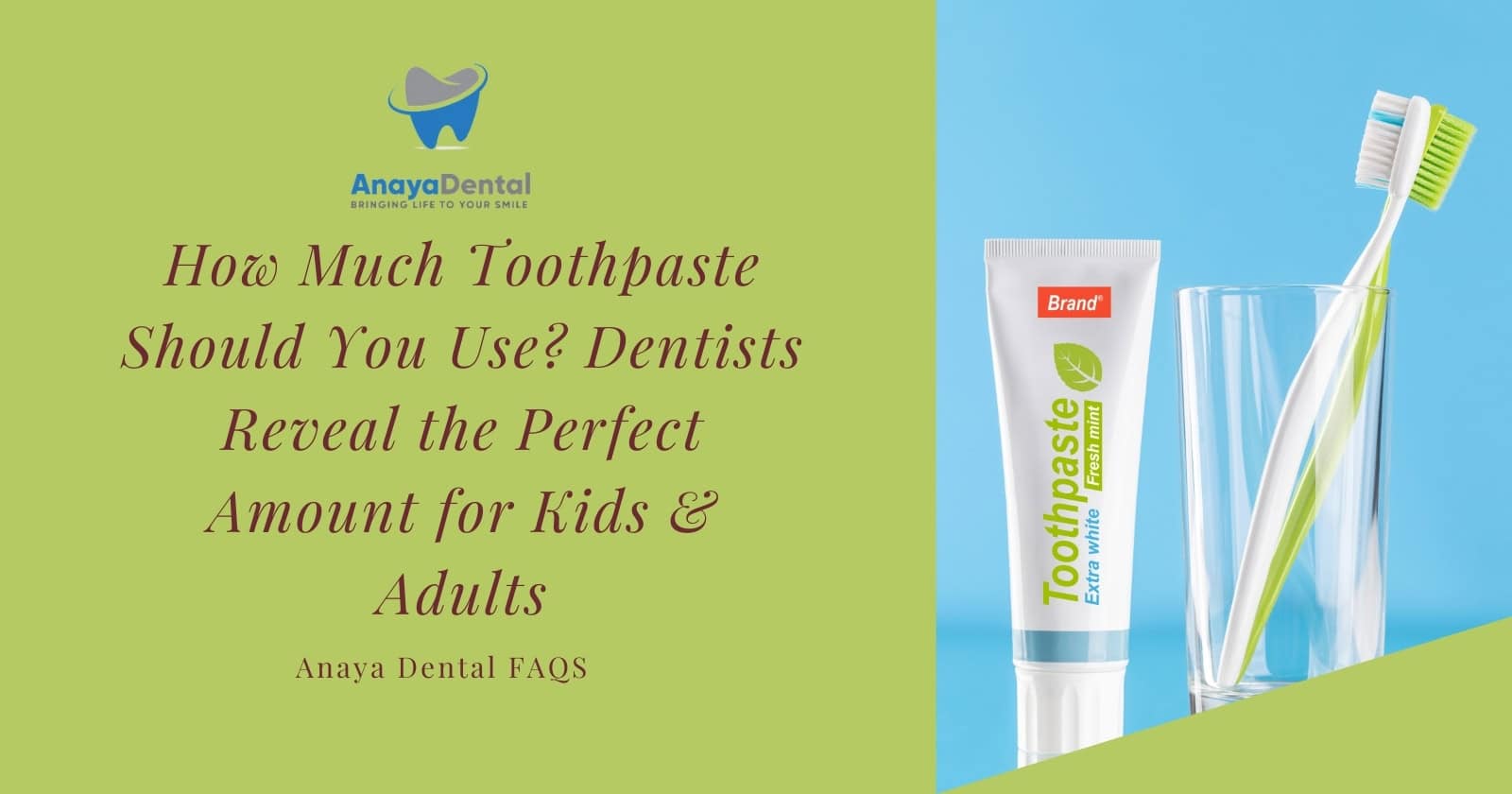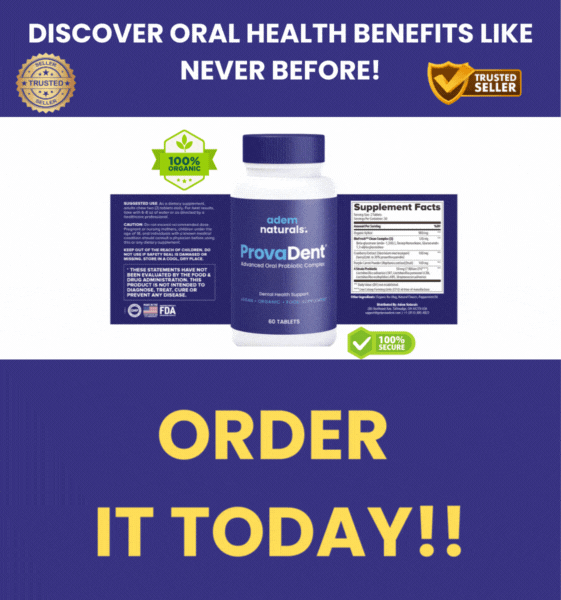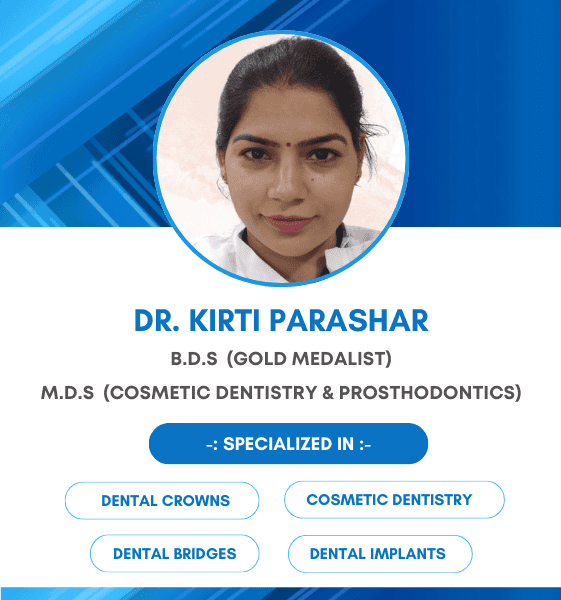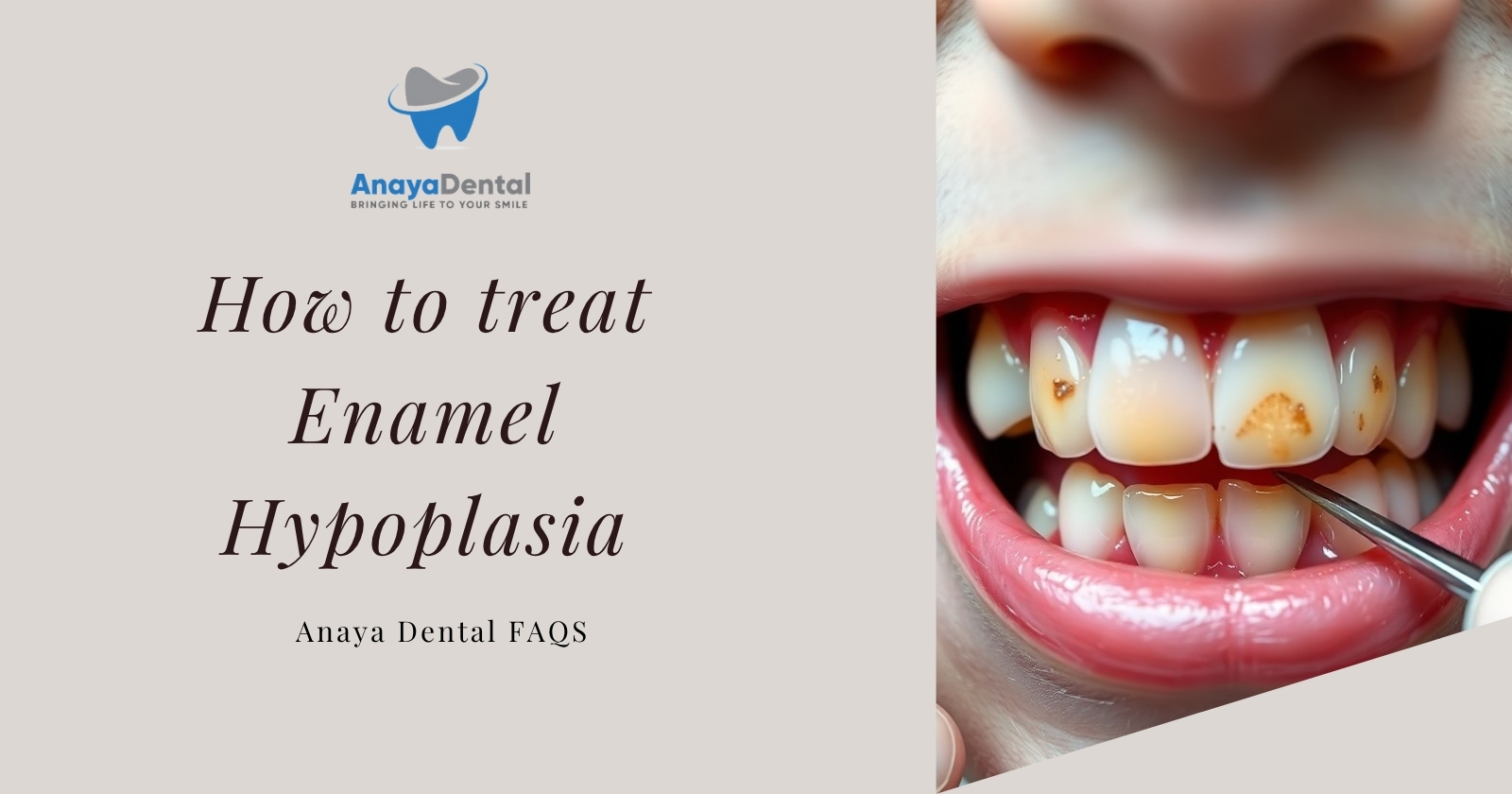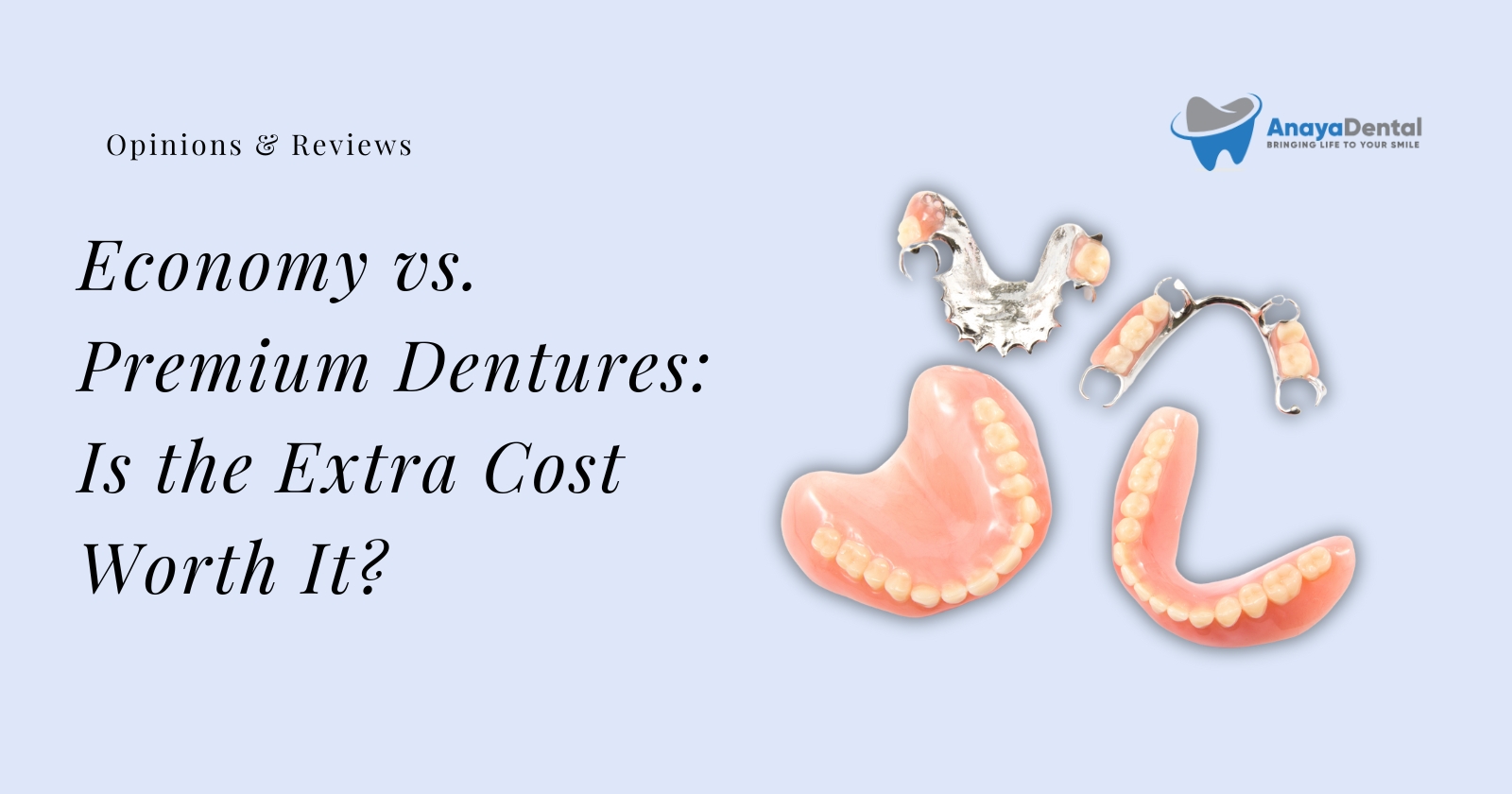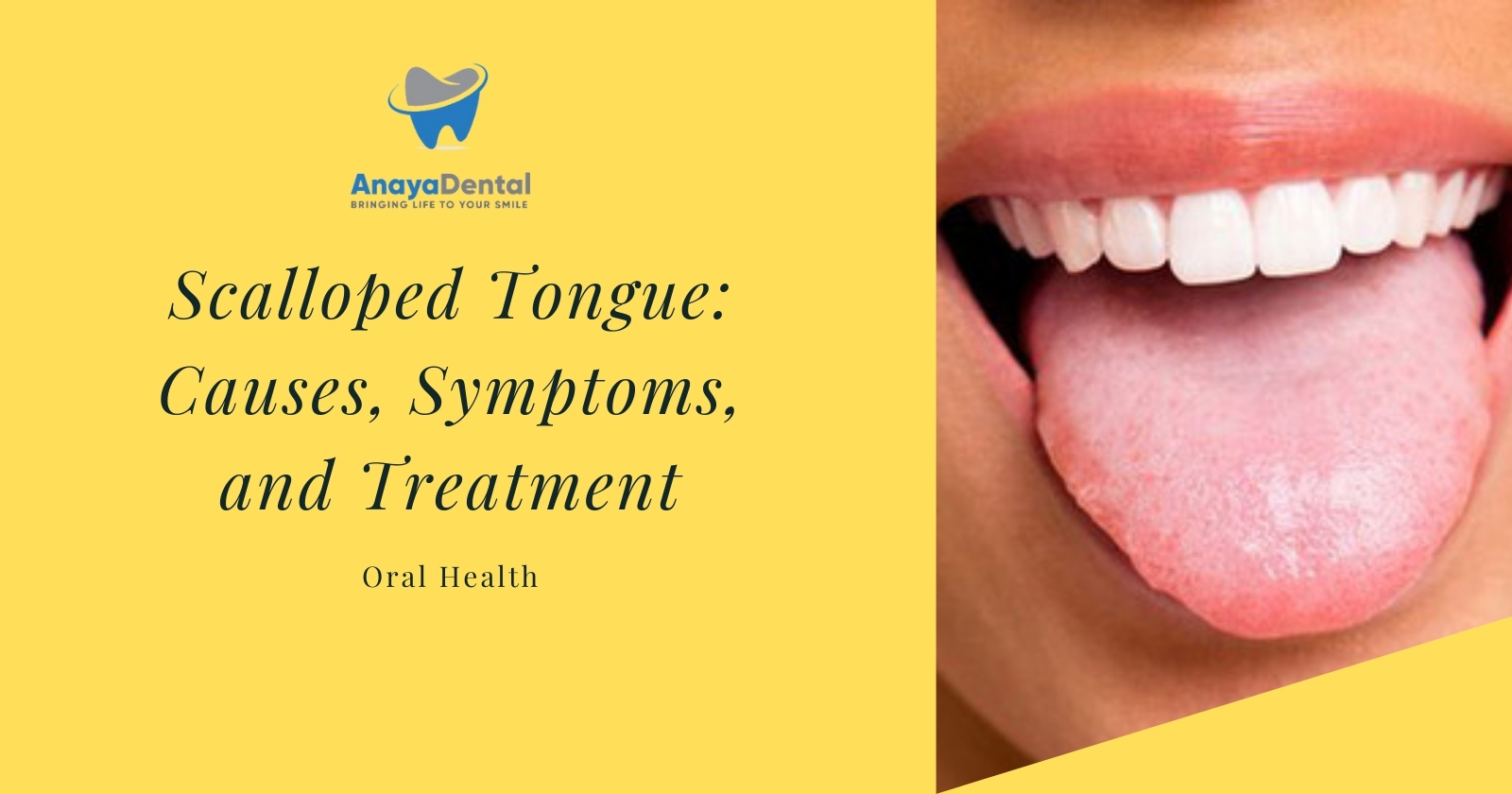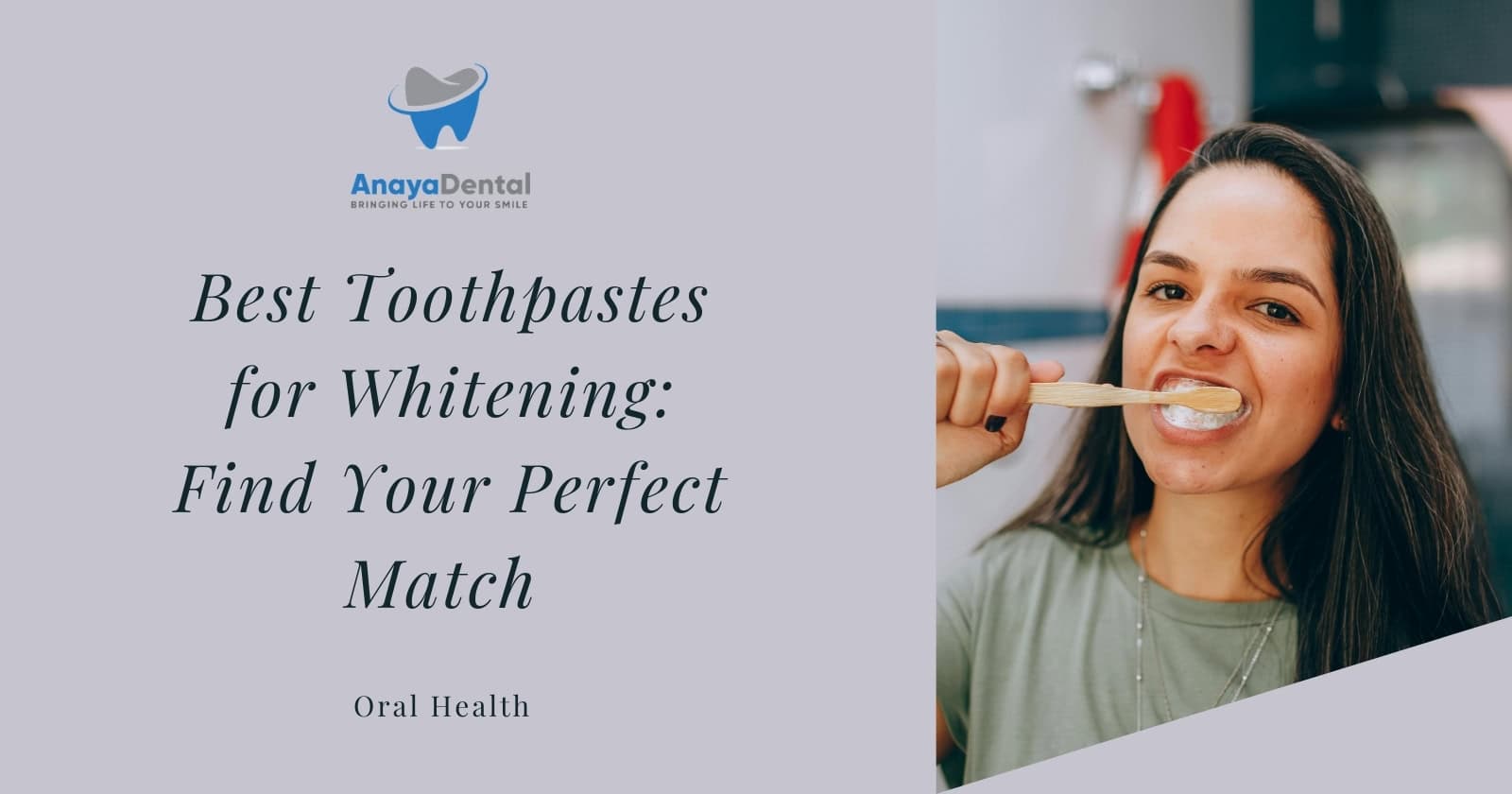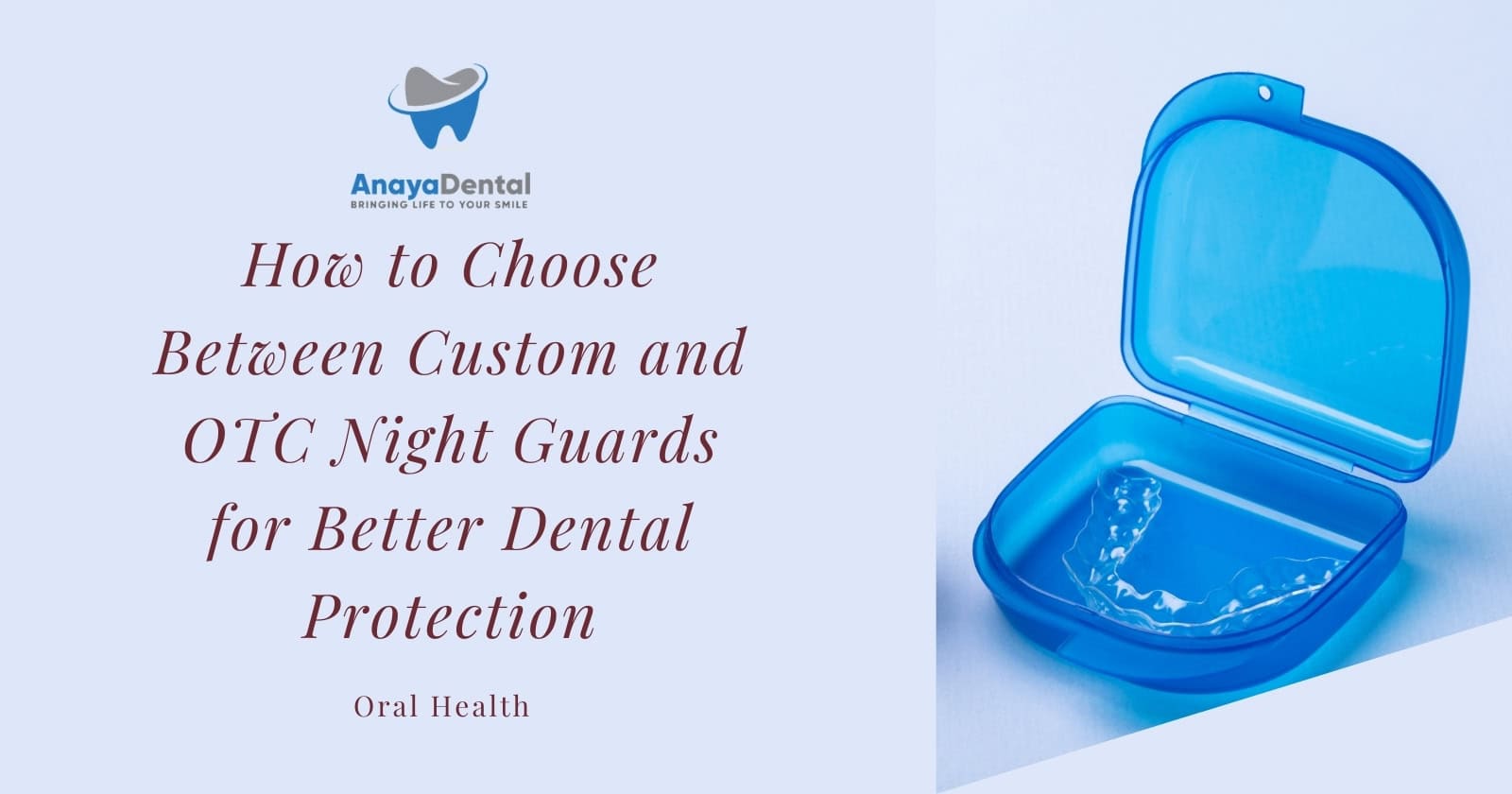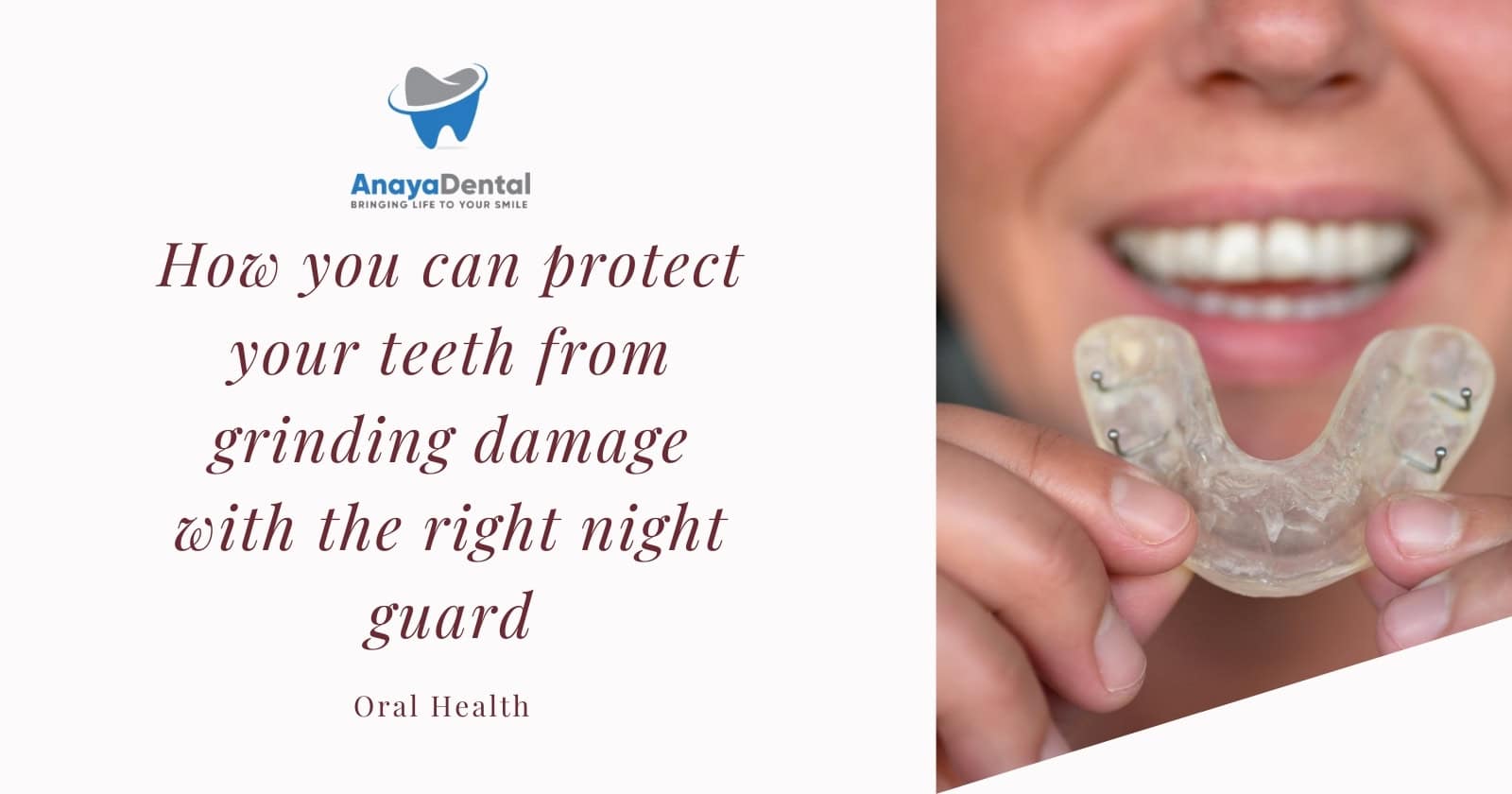How Much Toothpaste Should You Use? Dentists Reveal the Perfect Amount for Kids & Adults
Have you been squeezing a generous swirl of toothpaste onto your brush each morning and night? If so, you’re likely using way too much. Despite what commercials show us, dental professionals have a very different take on how much toothpaste you should actually be using. Let’s dive into the science behind toothpaste quantity and discover the perfect amount for both you and your children.
The Surprising Truth: You’re Probably Using Too Much Toothpaste
Those long, decorative swirls of toothpaste covering the entire length of toothbrush bristles in commercials? Pure marketing. Research shows that nearly 80% of households apply excessive amounts of toothpaste, particularly for children. This disconnect between advertising imagery and professional recommendations has led to widespread overuse with potential consequences.
The reality is simple: adults and children over six years of age should use only a pea-sized amount of toothpaste (approximately 0.25 grams). That’s significantly less than what most people apply!
Try Our Dental Calculators
The “Nurdle” Deception in Advertising
If you’ve ever wondered about that perfect wave-like shape of toothpaste shown in commercials, it actually has a name – the “nurdle.” This marketing imagery has significantly influenced consumer behavior and expectations regarding appropriate toothpaste quantity. Many adults who grew up watching these advertisements have internalized these images as the standard application method, leading to habitual overuse that can be difficult to correct.
Studies show that many people’s interpretation of a “pea-sized” amount is extremely inaccurate, resulting in them applying several times the recommended quantity. This discrepancy serves commercial interests by encouraging faster product consumption but does not align with optimal oral health practices or evidence-based guidelines from dental authorities.
Why Using the Correct Amount of Toothpaste Matters
Using the right amount of toothpaste isn’t just about saving money (though that’s a nice bonus). There are important health reasons to be mindful of your toothpaste portions:
Preventing Dental Fluorosis in Children
Using too much fluoride toothpaste, particularly for young children, can lead to dental fluorosis – a condition characterized by white spots or brown discoloration on teeth that cannot be removed. This happens when developing teeth are exposed to excessive fluoride during their formation stages.
A CDC study revealed that over 80% of households used too much toothpaste for children aged 1-6 years, putting kids at risk for this cosmetic dental condition.
More Toothpaste Doesn’t Mean Cleaner Teeth
Here’s a fact that might surprise you: it’s primarily the mechanical action of brushing – not the quantity of toothpaste – that removes plaque and debris. Using more toothpaste does not result in cleaner teeth!
Toothpaste mainly serves as a delivery vehicle for fluoride and other therapeutic ingredients rather than as the primary cleaning agent. The effectiveness of toothbrushing depends more on:
- Proper technique
- Duration (the recommended two minutes twice daily)
- Complete coverage of all tooth surfaces
Many adults mistakenly believe that the foam and lather created by toothpaste is indicative of cleaning power, leading them to use excessive amounts to create a more satisfying sensory experience. Another common misconception is that a stronger mint flavor or sensation indicates better cleaning, prompting them to use more toothpaste to achieve a more intense feeling of freshness.
Scientific research has consistently shown that the cleaning power comes primarily from the mechanical disruption of the biofilm on teeth through proper brushing technique. The toothpaste itself is primarily a vehicle for delivering fluoride, which strengthens enamel and helps prevent decay. This understanding explains why modest amounts are sufficient for achieving dental health benefits.
How Much Toothpaste Should You Use?
Your Recommended Toothpaste Amount
Tips for Optimal Oral Health:
About Toothpaste Quantities
Despite what toothpaste commercials show, dental professionals recommend using significantly less toothpaste than the full-brush “nurdle” often depicted in advertisements. The correct amount helps balance the benefits of fluoride with potential risks of overexposure, particularly in children.
Guide to Toothpaste Amounts:
- Rice grain size: Approximately 0.1 grams – Recommended for children under 3 years
- Pea size: Approximately 0.25 grams – Recommended for children over 3 years and adults
- Commercial “nurdle”: Approximately 1.0 gram – Excessive and wasteful amount shown in advertisements
Remember: It’s the mechanical action of brushing, not the amount of toothpaste, that removes plaque and debris. Toothpaste primarily serves as a delivery vehicle for fluoride and other therapeutic ingredients.
Age-Appropriate Toothpaste Guidelines: How Much Should You Really Use?
Dental authorities have clear guidelines about the right amount of toothpaste based on age. These recommendations balance the benefits of fluoride with potential risks of overexposure:
For Children Under 3 Years
Use only a smear or rice grain-sized amount of fluoride toothpaste when brushing your toddler’s teeth. This minimalist approach addresses the concern that very young children haven’t yet developed complete control over their swallowing reflex and may inadvertently ingest toothpaste during brushing. This tiny amount is sufficient to provide the protective benefits of fluoride while minimizing risks.
Parents should begin brushing children’s teeth as soon as the first tooth erupts, typically around six months of age. At this stage, parental supervision is essential not only to ensure proper brushing technique but also to control the amount of toothpaste used.
For Children 3-6 Years Old
As children reach ages three to six, they should transition to a pea-sized amount of toothpaste. This provides adequate fluoride protection while still limiting potential ingestion. The CDC, American Academy of Pediatrics, American Academy of Pediatric Dentistry, and American Dental Association all reinforce these guidelines.
During this age range, children are still developing their spitting reflexes and motor skills. Parents should continue to assist with brushing and monitor to ensure children aren’t swallowing toothpaste. The slight increase in toothpaste quantity at this age reflects the growing size of their teeth and the reduced risk as children develop better control over swallowing.
For Adults and Children Over 6 Years
The pea-sized standard (about 0.25 grams) remains the recommended amount for adults and older children. Using more is not harmful but simply unnecessary and wasteful. By age six, most children have developed sufficient motor skills to brush effectively and can reliably spit out toothpaste rather than swallowing it.
At this stage, the focus shifts toward ensuring proper brushing technique and duration. The 0.25 gram standard provides the optimal amount of fluoride and other active ingredients to protect teeth from decay while minimizing waste.
| Age Group | Recommended Amount | Visual Reference | Key Considerations |
|---|---|---|---|
| Under 3 years | Rice grain-sized smear | About 0.1 gram | Risk of swallowing high; Parents should apply toothpaste and supervise brushing |
| 3-6 years | Pea-sized amount | About 0.25 gram | Developing spitting ability; Parents should still assist and monitor |
| Over 6 years and Adults | Pea-sized amount | About 0.25 gram | Focus on technique and reaching all surfaces; Sufficient for all therapeutic benefits |
How to Apply the Perfect Amount of Toothpaste
Following these simple steps will help you use the right amount of toothpaste for optimal oral health:
- For adults and children over six: Apply a pea-sized amount (approximately 0.25 grams) of toothpaste to a dry or slightly dampened toothbrush.
- For children under three: Apply only a smear of toothpaste equivalent to a grain of rice.
- Parents should supervise children’s toothbrushing until they develop adequate manual dexterity and reliable spitting ability, typically around age six or seven.
- When teaching children about appropriate toothpaste use, visual demonstrations are more effective than verbal instructions alone – show them exactly what a “pea-sized” or “rice-sized” amount looks like.
- For all age groups, brush thoroughly for two minutes twice daily, ensuring all tooth surfaces receive adequate attention.
Beyond Quantity: Complete Oral Care Tips for Your Whole Family
While using the correct amount of toothpaste is important, comprehensive oral care requires attention to multiple factors:
Choose the Right Toothpaste
Select appropriate toothpaste formulations containing fluoride, which has been proven effective in preventing tooth decay. The American Dental Association (ADA) recommends using fluoride toothpaste bearing the ADA Seal of Acceptance, which verifies that the product meets specific criteria for safety and efficacy.
For specific concerns such as sensitivity, gingivitis, or whitening needs, specialty toothpastes are available that address these issues without requiring larger quantities. These include:
- Desensitizing toothpastes containing potassium nitrate or strontium chloride to block pain signals from sensitive teeth
- Anti-gingivitis toothpastes with antibacterial ingredients like triclosan or stannous fluoride
- Whitening toothpastes with mild abrasives or peroxide to remove surface stains
- Anti-tartar toothpastes containing pyrophosphates to prevent calculus formation
Remember that regardless of the specialty formulation, the pea-sized amount guideline still applies.
Establish Good Habits Early
Parents should begin brushing children’s teeth as soon as the first tooth erupts (around six months of age) and schedule the first dental visit no later than the child’s first birthday. Establishing proper oral hygiene habits early creates a foundation for lifelong dental health.
Teaching children the importance of oral care through consistent routines and positive reinforcement helps build healthy habits that last into adulthood. Make brushing a regular, non-negotiable part of the morning and bedtime routines.
Maximize Fluoride Benefits
For maximum benefit, avoid rinsing immediately after brushing. This allows the fluoride in the toothpaste to remain in contact with the teeth longer, enhancing its protective effects. The “spit, don’t rinse” approach has been shown to significantly increase the effectiveness of fluoride treatment.
After brushing, simply spit out excess toothpaste without rinsing with water. This allows the low concentration of fluoride to remain in contact with your teeth, continuously strengthening enamel and helping to reverse early stages of decay.
Master Proper Brushing Technique
Even with the correct amount of toothpaste, improper brushing technique can compromise your oral health. Follow these guidelines for effective brushing:
- Use a soft-bristled toothbrush that fits comfortably in your mouth
- Hold your brush at a 45-degree angle to your gums
- Use gentle, short strokes about the width of one tooth
- Brush all surfaces: outer, inner, and chewing surfaces
- Don’t forget to brush your tongue to remove bacteria and freshen breath
- Replace your toothbrush every 3-4 months or sooner if bristles are frayed
Follow the Complete Oral Care Routine
The American Dental Association recommends a comprehensive approach to oral health:
- Brushing twice daily with fluoride toothpaste for two minutes each time
- Flossing once daily to remove plaque between teeth where brushing can’t reach
- Using an antimicrobial mouthwash if recommended by your dentist
- Maintaining regular dental check-ups and professional cleanings
- Limiting sugary foods and beverages, especially between meals
- Drinking plenty of water, particularly after meals when brushing isn’t possible
The Bottom Line: Less is More When it Comes to Toothpaste
The evidence clearly demonstrates that when it comes to toothpaste quantity, less is indeed more effective for maintaining optimal oral health. By adjusting your toothpaste usage to align with evidence-based recommendations and focusing on comprehensive oral hygiene practices, you can optimize your dental care routine while avoiding unnecessary product consumption and potential risks associated with excessive fluoride exposure.
Remember: a pea-sized amount for adults and children over six, and even less for younger children. This simple adjustment can save you money, protect developing teeth from fluorosis, and still provide all the cavity-fighting benefits you need for a healthy smile.
Have you been using too much toothpaste? It might be time to scale back and brush smarter, not harder!
